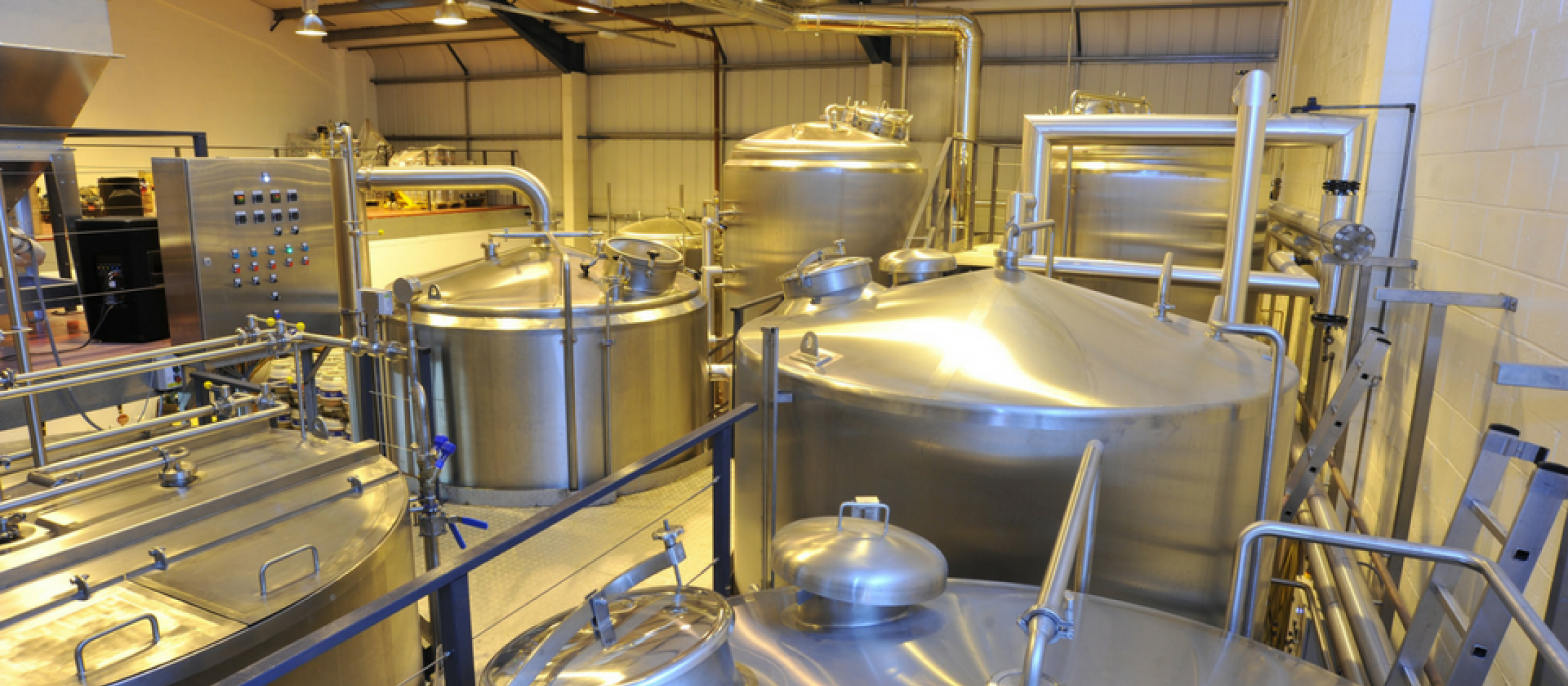Early Bird Deadline
30 November 2025
Judging
Date
23 March 2026
Winners Announcement
22 April 2026
30 November 2025
23 March 2026
22 April 2026

Few people know more about English beer than Derek Prentice. This summer will mark 50 years since he began his brewing career, at Truman's’ huge brewery on Brick Lane, London, where he started in the lab, having just completed his A-levels. Since then he’s worked at Young’s, Fuller’s and now the Wimbledon Brewery, where he’s helping to resurrect a local brewing tradition that has lain dormant since the previous Wimbledon Brewery burnt down in 1889.
Wimbledon produces a variety of beers, including pale lager and American pale ale, but its key products are English-style pale ales. These are the beers that Prentice has brewed throughout his entire career, so he knows better than most how to make them.
 Here are his tips on how to brew a true, cask-conditioned English pale ale:
Here are his tips on how to brew a true, cask-conditioned English pale ale:
1. Flavour and appearance
“It should be relatively light in colour, not too dark. Flavour-wise, it should be clean with a little bit of fruit that results from both the malt and the yeast; it must have a full palate despite not being strong. The primary thing is to make sure the beer is brewed clean and free from off flavours.
“I don’t want the hops to dominate; the yeast, malt, and water should tell their story too. In a typical, lower ABV English pale ale like this, around 4 percent ABV, there should be balance and drinkability.”
2. Malt
“Maris Otter is the best from my point of view; I’ve brewed lots of beers using other varieties - there are lots of good varieties out there - but this is my favourite. It gives depth of flavour; As you go up in ABV strength, it’s not quite so crucial, although I still prefer it.
“It stems from my period at Young’s, where we did trials with other varieties but Maris Otter was shown to make enough of a difference for us to persuade the accountants we should continue to use it. That’s always the biggest challenge in any brewery!”
3. Water
“It’s important to adjust the water to make it suitable for brewing pale ales. The main reason for doing that is to reduce the carbonates; you get a lot of them the London area. As British brewers producing pale ales, I think it’s important to have high levels of calcium as it produces the right conditions in the mash tun and in terms of trub separation and yeast flocculation.
For brewing English-style the Burton spectrum of water is what you’ll look for: high levels of calcium sulphate gives a nice, bright, dry beer.”
4. Hops
“Goldings and Fuggles have stood the test of time. I use whole-leaf Fuggles and Goldings for copper [kettle] hopping. A lot of copper hopping is done with high-alpha hops like Magnum - but I’m not that keen on the bitterness the high alpha hops impart, having used them over the years and played around with them at Young’s. You need to use more Fuggles and Goldings to get the same bitterness but the palate is much more pleasant. It is more rounded.
“We late copper - or, more likely, dry hop - with a higher alpha hop. They tend to have higher levels of the essential oils, the aroma and flavour compounds. I use Target; it has a lot of English character in terms of essential oils. There’s orange, marmalade, red stone-fruit.”
5. Fermentation
“I’m not keen on yeast that produces too many pear-drop-like esters. I don’t like that. I like a dry beer. It’s also important to make sure your beer is able to end-ferment; otherwise, you’ll leave diacetyl, you’ll lock in sulphur flavours. Then if we need more fermentable material for the cask, we’ll prime.
“Condition is crucial; a cask English pale ale should never be warm and flat, whatever people say. When our beer comes out of the vessel we get a CO2 volume of around 1 to 1.1. I like to see it served at 1.3 to 1.5 CO2. That gives it that sparkle. To achieve that you may need to add a little priming sugar.”
The article is contributed by Will Hawkes. He is a freelance journalist specialising in beer and travel. He is an author of Craft Beer London, a guide to the city's burgeoning beer culture and a regular contributor to a host of publications including The Financial Times, The Guardian, The Washington Post and Beer Advocate.
The London Beer Competition (LBC) is an annual beer competition, organized by Beverage Trade Network, the leading online platform dedicated to connecting the global beverage industry. LBC recognizes and rewards beer brands based on quality, value for money and packaging. Know more about the competition here.
Show your beers where it matters. Get your products tasted by top buyers and experts at the London Competitions — enter now.